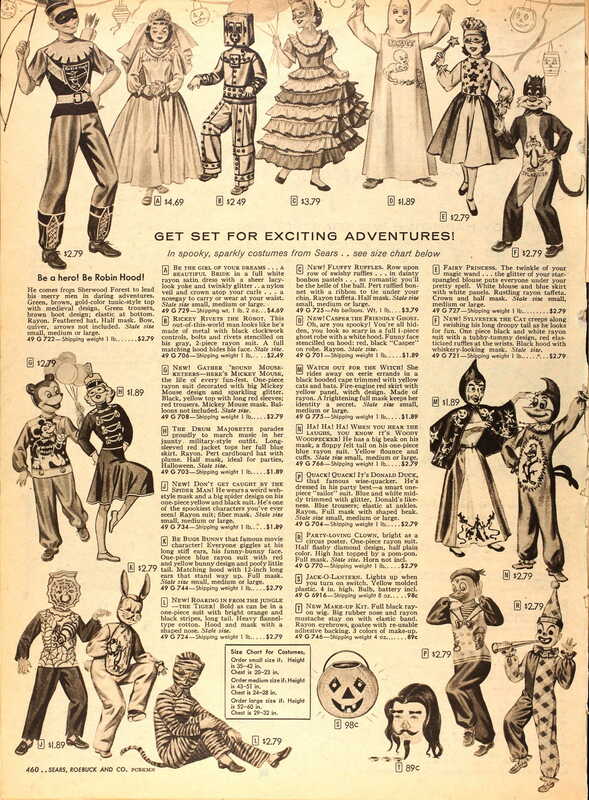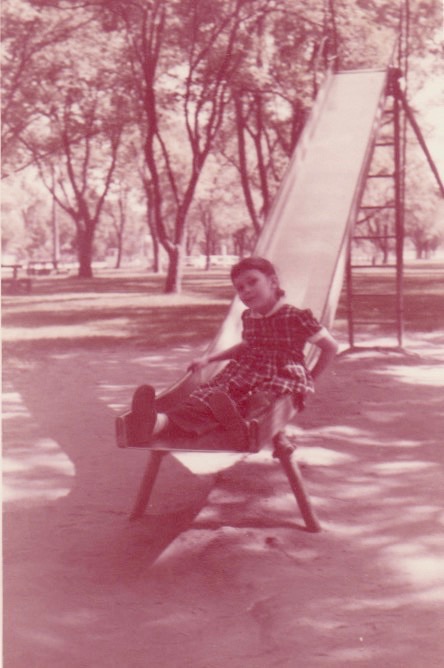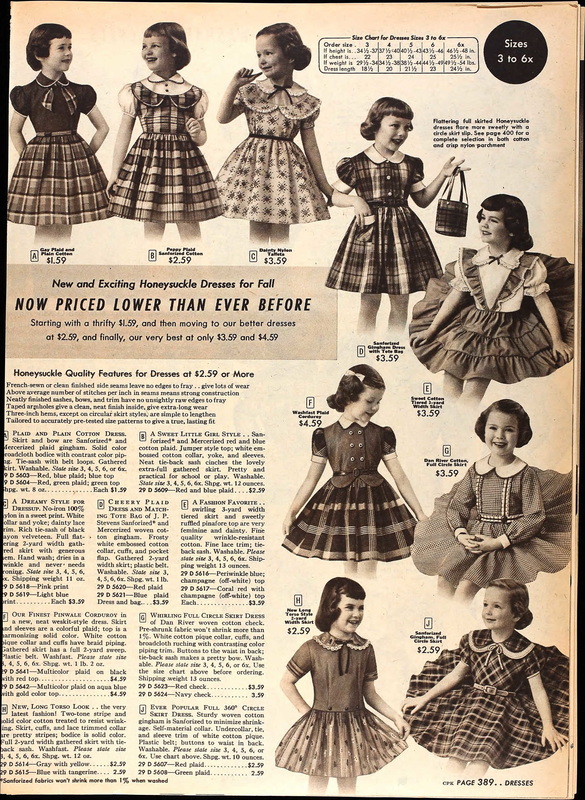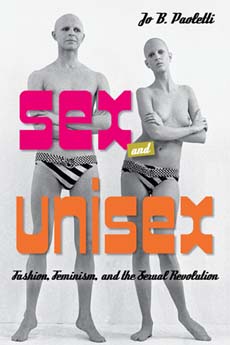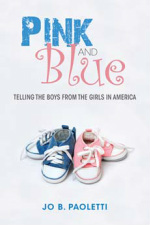|
As part of my current research, I have been looking at Halloween and dress-up costumes from the 1950s. For the life of me, I can't remember ANY of my Halloween costumes, except for a store-bought (very flimsy) Disney Snow White costume I wore in 1957. Does anyone have memories of what they wore for trick or treat? Even better, photos? By "dress-up" costumes, I mean clothes worn for pretend play. These could be your parents' shoes, a cowboy outfit, or a store-bought or homemade costume. Mostly, I was a cowboy, it being the 1950s. What were you?
1 Comment
When I started this project, I envisioned it simply as a history of clothing for women over fifty. But the more I read, and learned, and thought, the more it wanted to become more complicated. Ta-Nehisi Coates, in Letters to my Son, wrote that “race is the child of racism”, meaning that the creation of racial categories and markers is the result of a desire to explain one group’s claims to power over another, not vice versa. This resonates with me, beyond his original meaning. Could it be that the ways we define and delineate age is the child of our fear of the death and decline? We can say that “age is just a number”, but who really believes it? Our awareness of our own mortality has resulted in our construction of age categories and generational labels, each of them loaded with meaning.
So what are these ages of life? Most of us have heard Shakespeare's "seven ages of man" monologue from As You Like It, which begins: All the world’s a stage, And all the men and women merely players; They have their exits and entrances, And one man in his time plays many parts, His acts being seven ages. Shakespeare’s ages are very decidedly gendered, except for the first (the mewling infant) and the last (second childishness…sans teeth, sans eyes, sans taste, sans everything.”) Between those endpoints, the schoolboy becomes the lover, then the soldier and the judge. Decline begins in the sixth stage, “lean and slippered pantaloon”, which is not a garment but a comic character from Italian commedia dell'arte, an aging man clinging in vain to the last vestiges of youth. Shakespeare did not invent these images; there are earlier examples dating back to ancient Greece, although sometimes the number of ages are fewer. By medieval times, the number seven was commonplace. There are also many versions of the “seven ages of woman”, which helpfully reveal the interplay between age and gender. For example, Hans Baldung’s 1545 painting (above) portrays the middle five stages in the nude, only their hair and headdresses hinting at social status. The baby girl is clothed, and the oldest woman is hidden behind another figure. It is a study in the physical changes in a woman’s body over the life course. In the centuries since Shakespeare and Baldung’s time, not much has changed. Men’s lives are delineated by occupations (and they get to wear clothes!); women’s journeys are marked by biological events: puberty, motherhood, menopause. One author points it rather pointedly: Instead of "government or commerce, war or exploration, science or even the arts", woman's fulfillment...her eagerness, her interest has always been directed toward...the perfection of her femininity". (My marginal note is simply, “Wow!”) Only two characteristics of their stories are similar. First, the least gendered stages of life are the same: infancy and very old age. Second, The first through the fifth ages are described in progressive or positive terms, with the decline narrative beginning in the sixth. Apparently, men and women begin to go “over the hill” at about the same points in their lives. Which leads me to ponder: Where am I in this journey? Definitely sixth age, with the seventh hidden in the fog, or perhaps crouching like a stripper in my next birthday cake. Where are you? What are the markers that you noticed along the way that told you that an age border had been crossed? I am working on Que Sera, Sera (aka Book 3, aka Age Appropriate), which should please all my patient readers out there. The first draft of the proposal is done, as is a very rough draft of the introduction. The glaring holes in my research are now clearly and uncomfortably visible, so I am renewing my effort to connect with American women who graduated from high school in 1967. If you want to participate in what I hope will be interesting discussions about your experiences from little girl to today, you can do the following:
Join my Facebook group, The Class of 1967. Follow my Class on 1967 profile on Instagram. Please also share this with your high school classmates! I really want to cast a wide net! That's me, age 6, enjoying the slide in North Platte, Nebraska in 1955. This was a school dress, but I may have also worn it to church. (Cody Park was a favorite after-church destination for our family.) I had several similar plaid cotton dresses with white collars, in shades of dark blue, dark green, and red. The Sears has a similar style (1955 Fall catalog, below). I never owned any of the girlier styles on the page -- no "full circle" skirts or ruffled dresses. Looking through my old photos raises some questions about the origins of my personal sense of style. My mother chose or made most of my school clothes, and I don't recall having much say about them until later elementary school (probably fifth or sixth grade). I am not sure why she didn't pick pastels, or why my clothes were so tailored, but it probably had to do with her taste as well as her perception of me.
|
Jo PaolettiProfessor Emerita Archives
January 2023
Categories
All
|
| Follow me! |
